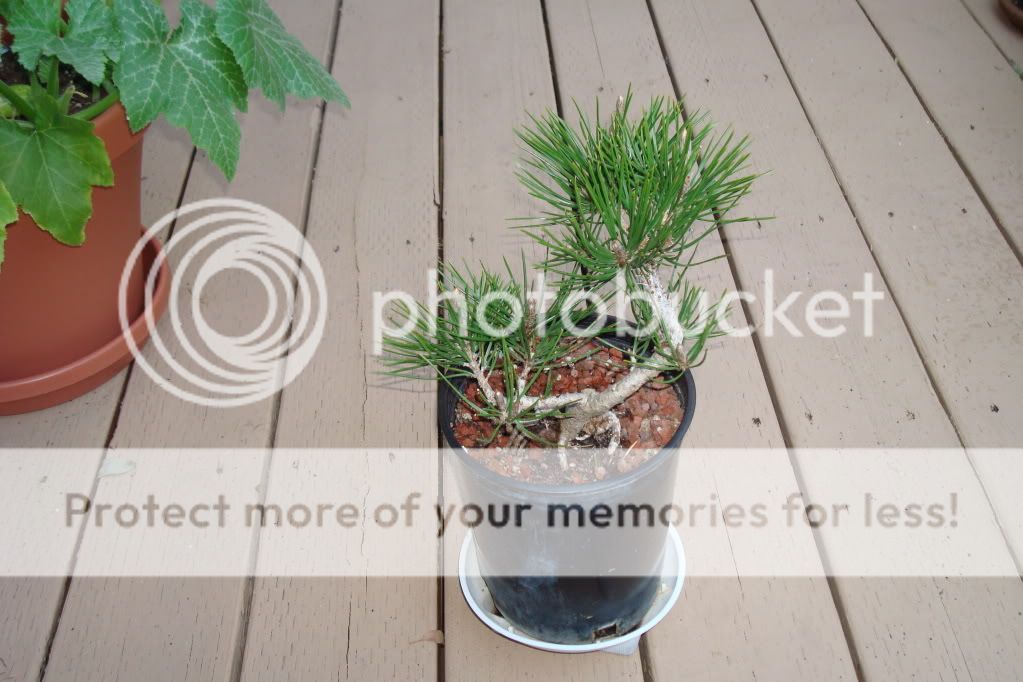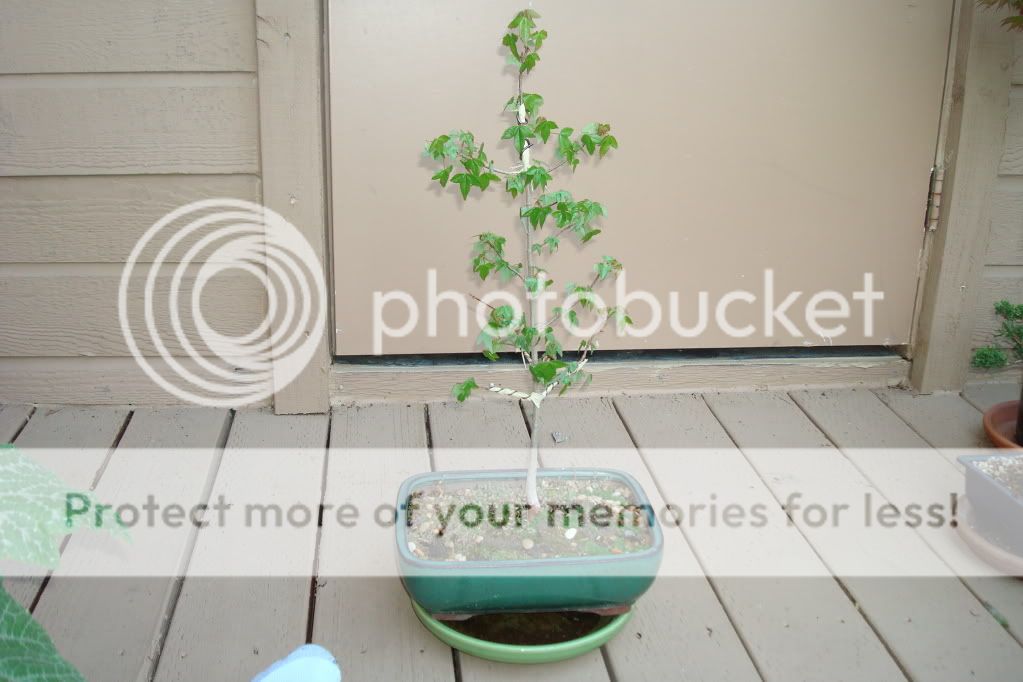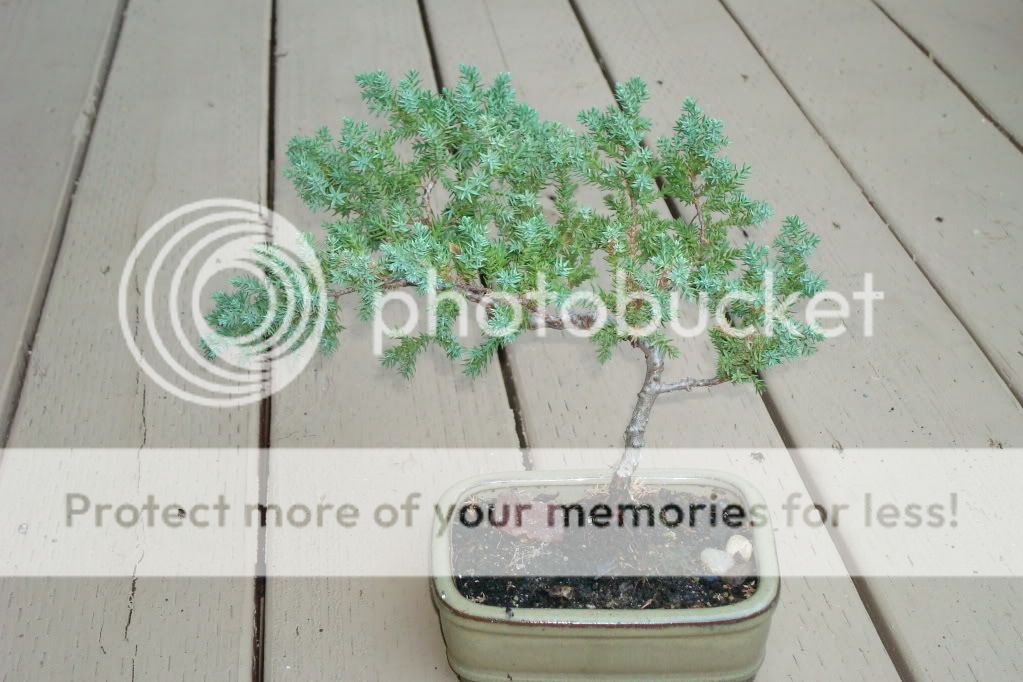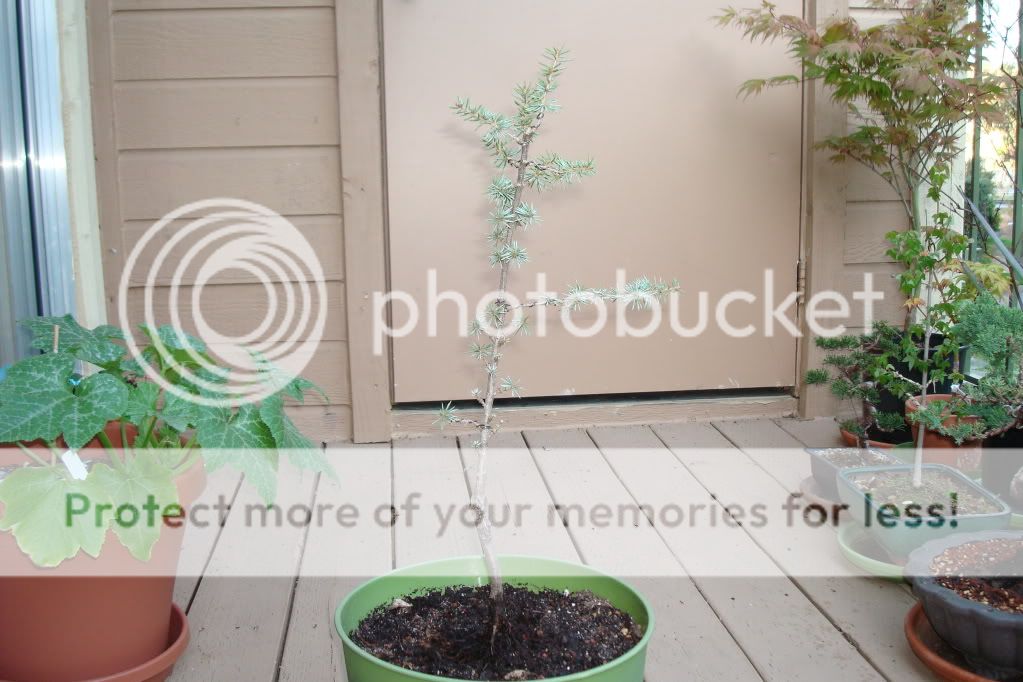Those are some very nice trees to begin with. Great varieties for bonsai, although I'm not sure the Japanese maple will thrive in the heat where you live - local bonsai folks can tell you about that better than I. It's always key to understand what grows well in your climate as a bonsai - old-timers in your local club can best give that advice, as well as point you to cheap sources of good material, and cheap sources of soil components that work well in your climate.
Some of your trees, as mentioned, already have promising trunk movement - the fact that you picked them out shows you have a good eye.
The advice above is solid. I'll add my highly-deflated 2 centavos, and I'll base it upon my suspicion that you may be in this for the long haul.
Bonsai can be an expensive hobby, so it is wise to understand the best allocation of your resources unless you are fairly well off. The trick is to spend as much as you need in order to get great material - skimp elsewhere, if you have to, but get the best material you can afford: that will produce an excitement and satisfaction that will sustain the hobby for years. Loosing some of those great potential bonsai will also inoculate you for the path ahead: even the greats lose lots of trees. Gotta get over that one, and the sooner the better.
You can spend a fortune on books, but if you are really serious about the hobby you will get 90% of everything you need from book-learning by buying John Naka's two volume set, "Bonsai Techniques I & II", and Deborah Koreshoff's "Bonsai". The rest is truly just icing on the cake.
Same with tools. Either get a moderately priced set, or get just a few moderately priced bonsai-specific tools and fill in the rest of what you need much cheaper at Home Depot.
Same with pots. Fairly nice, moderately priced Chinese pots can be had on eBay - a nice pot is worth spending money on once you have some nice trees worthy of them, and will also create the kind of thrill that will keep you in the hobby.
If you don't mind some criticism of the trees you've posted (growing thick skin also helps in this hobby if you're going to post them here

), let me say a few things.
As Ang3lfir3 said, most of your trees are so small that they are not likely to keep you in the hobby over the decades it will take to grow them into something in small pots. Best, if you can, to put them in the ground for 5-10 years in your yard, or someone else's yard if you can, planted in good soil in an appropriate location over a tile or plate (to facilitate nebari development). Learn how to do that and how to use that time to turn you seedlings into fabulous starter material.
You have wrapped wire onto several straight branches, and then merely used that wire to bend them down, leaving them straight but better placed. The actual wrapping is done fine, but what you have used it for is a waste of wire and effort. The hobby will quickly become a much greater source of enthusiasm and pleasure if you use wrapped wire to create in each branch the same sort of movement someone has created in the trunks of you more interesting trees. My tutorial at BonsaiSite on "Baby Bending" will explain this further.
Horticulture trumps styling every time, so learn how best to keep your trees alive first. Styling is best learned, or rather
inspired [Derivation: To take in the Spirit] by building up your mental reservoir of images. There are two common ways of doing this. The first method is to look as much as you can at well-made bonsai, in books and magazines and online and such, but preferably in person. Second, and IMO the more helpful, is to study how trees grow and look in nature by getting out there to the wild places. As opposed to the first method, which may help you create convincing bonsai, studying nature will help you create convincing
trees.
Clubs, online resources, maybe someday a teacher - Others may have a lot of great advice along those lines.
You're off to a good start and seem to have a good eye. Hope my ramblings help.













